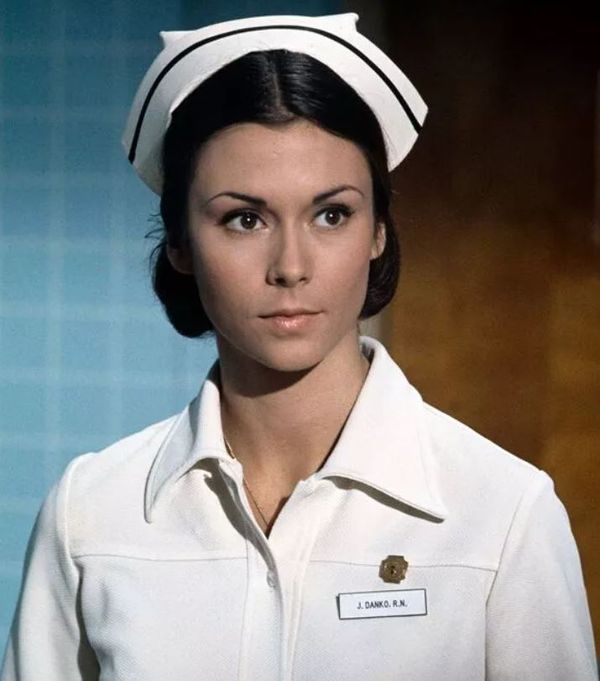We all know and love Kate Jackson for her amazing acting skills in popular shows like “Charlie’s Angels” and “James and the Giant Peach.” But what many of us might not be aware of is the incredible battle she fought against cancer, not once, but twice. At the age of 73, Jackson serves as a true inspiration, proving that strength and resilience know no bounds, not even age.

In January 1987, while working on the hit TV show “Scarecrow and Mrs. King,” Jackson had a strong feeling that something wasn’t quite right. Despite being given the day off due to another cast member’s illness, she followed her intuition and decided to go for a mammogram. Little did she know that this choice would alter the course of her life.
“It came as a shock, yet it was crystal clear,” she recollects. “I woke up in bed and told myself, ‘You need to get a mammogram.’”
Her gut feeling turned out to be accurate. The mammogram revealed a small lump in her left breast, barely noticeable. Despite its size, a biopsy confirmed that it was cancerous. Just four days later, Jackson underwent a lumpectomy to remove the tumor, followed by radiation therapy, all while bravely continuing her work on the show.
After a year of recovery and starring in the American sitcom “Baby Boom,” disaster struck again. During a routine mammogram, another cluster of cancer cells was discovered in Jackson’s left breast. This news took an emotional toll on her, as she had to navigate through the range of emotions that come with such a challenging diagnosis.
But Kate Jackson is not one to surrender. Determined to maintain a positive outlook, she consciously chose to focus on optimism. “Whenever a negative thought crept in, I pushed it aside,” she says. This mindset, coupled with her unwavering strength, propelled her to face the battle once again.

One valuable lesson we can learn from Jackson’s journey is the importance of follow-up scans after cancer treatment. Recurrence is a possibility, and timely detection plays a crucial role. It is vital to pay attention to any changes in the breast or scar area, as they could be indicators of the cancer’s return.
Treatment for a recurrence varies, depending on the previous treatment received. It may involve a mastectomy, complete removal of the breast, or other options such as radiotherapy, chemotherapy, hormone treatment, or targeted cancer medications. In 1989, Jackson underwent a partial mastectomy and reconstructive plastic surgery.
When Jackson woke up from her surgery, she received the best news anyone in her position could hope for. Her lymph nodes were clear, indicating that the cancer had not spread further. She felt incredibly fortunate and grateful for this positive outcome in her battle against cancer.
Kate Jackson’s story is one of resilience, courage, and unwavering determination. Despite facing cancer not once, but twice, she never lost hope. Her optimism and strength serve as an inspiration to all of us, regardless of age, reminding us to confront life’s challenges with a positive mindset and an unyielding spirit.




